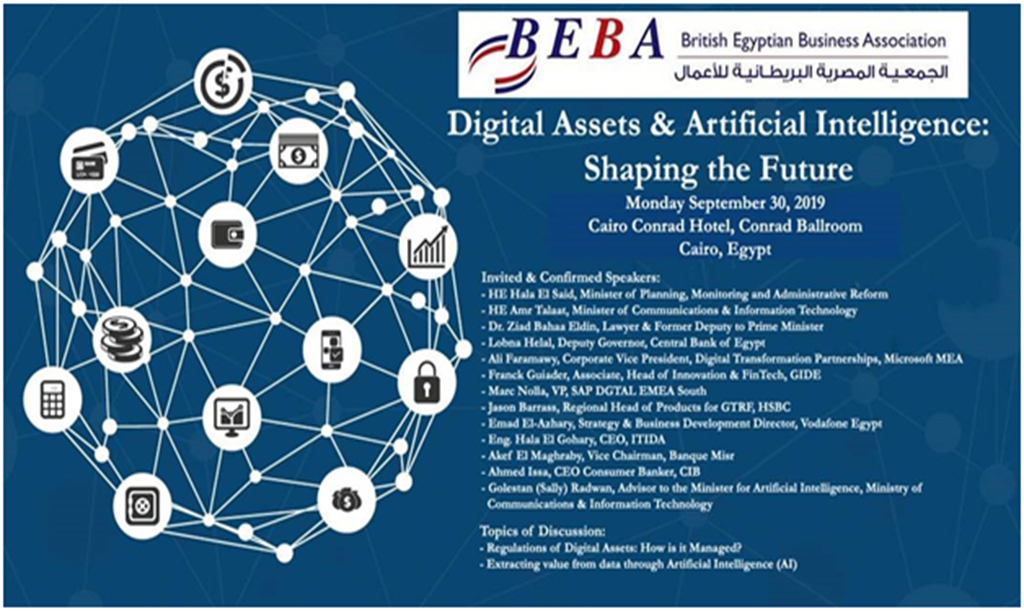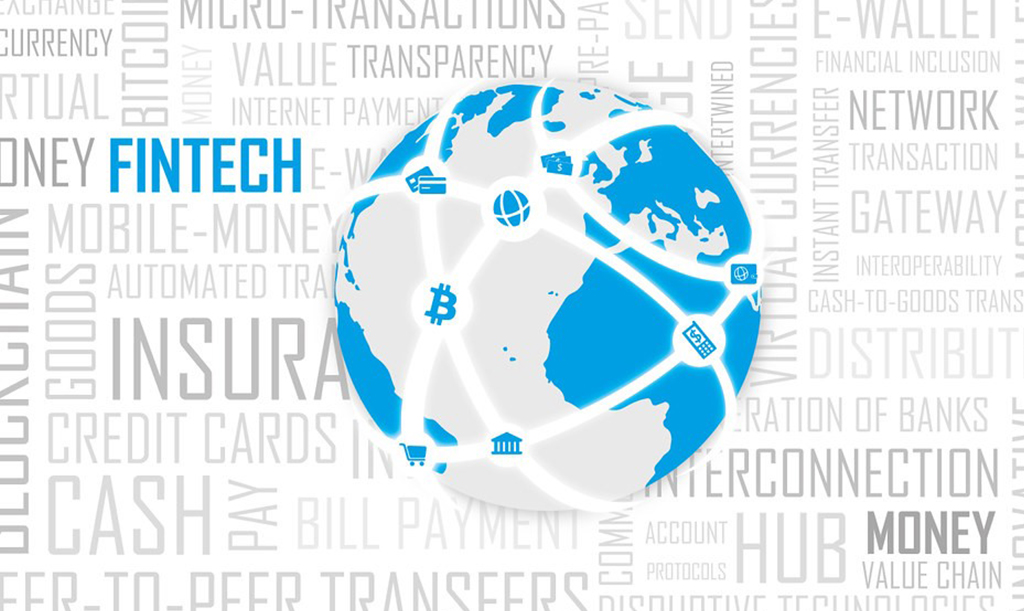Digital Banking vs Physical Branches: Competition Not Mandatory
17 October 2019
As the digital banking world expands and engulfs more and
more market share from the physical world, legacy banks can’t help but feel
threatened in more ways than one. However, that doesn’t mean that there’s no
room for a collaborative co-existence between physical giants and challenger
banks today.
In addition to competing for customer acquisition,
engagement and retention, banks are also contesting for funding and valuable
resources as they undergo their digital transformation in terms of their
infrastructure, tools and online presence. Below is an example on how legacy
banks and traditional financial institutions (FIs) keep the competition alive
with challenger banks.
In a scenario where innovation is born from competition, the
head of digital banking at KeyBank Jamie Warder stated that the soaring
popularity of challenger banks could act as an incentive for traditional
institutions to innovate and join the digital spectrum. Evidently, this is
beneficial in the short run and even more so in the long run. Legacy banks need
to create strategic goals that are aligned with digital banks and FinTech
companies; possibly even acquire them for a mutually beneficial future. In
KeyBank’s case, they have established a 4-year-long partnership with
AvidXchange, in addition to acquiring small business lender Bolstr and working
with PayPal to provide instant transfer services.
As the digital age progresses almost exponentially,
smartphone usage and next-gen applications have disrupted many industries in
the world today, and banking might just be one of the most affected ones. A
study by Citibank revealed that 31% of consumers say they use their mobile
banking app the most, while GOBankingRates found that 25% of consumers
prioritize banking through a mobile app, although it’s worth mentioning that
almost half of consumers preferred banking at a branch or ATM. In that same
study, 76% stated that they wouldn’t open an account with a bank that doesn’t
provide a mobile app. As per FIServ, consumer preference for digital
interactions is at 58% as opposed to branch interactions, mostly due to growth
in mobile use. When breaking down digital behavior, there is a preference for
online at 37% as opposed to mobile at 17%.
Although banks with a mobile app seem to be the most
attractive option, consumers are still mostly undecided and would like the
possibility to choose which channel they use.
In an interview with PYMNTS, Executive VP & Head of
Digital at Bank of the West Hisham Salama stated “Banks are trying to mimic
other banks [on mobile]. We had this realization, from a digital perspective …
that in three years, if we’re being compared to banking apps and we’re
comparing ourselves to other banking apps, we’ve taken a wrong turn somewhere.”
Does that mean that branches are destined to perish?
Unlikely. Half of consumers have visited a branch in-person at least once in
the past month, a figure that has been consistent since 2018. If you
contemplate why that is, you might think that the main reason is to speak with
a staff member at the bank in person; but that only accounts for 14% of reasons
given. 53% said they went to deposit a check, 41% withdrew cash, 36% deposited
cash and 30% went to cash a check.
Further proof that physical branches are here to stay is
highlighted in JPMorgan Chase and Capital One building new brick-and-mortar
locations, despite the rising presence of challenger banks in the United
States. The aforementioned Citibank study found that 87% of consumers would
still trust traditional banks more than non-bank financial institutions.
“Let’s be clear, there is a shift happening … toward
digital. You can’t deny that — no data would say otherwise. What’s interesting,
though, is the transactional shift is happening much faster than the advice and
sales shift. So, I think [branches] matter … [but] they shift from being
transactional to being more and more advice-driven [places].” said
KeyBank’s Jamie Warder.
So what does the future hold for traditional banks?
Saurabh Bajaj, Chief Product Officer at Feedzai, said in an
interview with PYMNTS that advanced technologies such as Artificial
Intelligence (AI) and Machine Learning (ML) are the yellow brick road that can
guide legacy banks and traditional institutions to competing with digital
banks.
“Data integration
is key. Having that single source of truth provides the backbone for a profound
understanding of behavior patterns, because the more clean data that is fed
into a machine learning system, the more you’re capable of accurately scoring
transactions. This is what creates real-time processing,”
Let’s not forget that traditional banking has been around
for so long and has such a powerful influence in the world today. With that notion
taken into consideration, the fact the digital banking has managed to disrupt
an industry that big says a lot about the potential of digital. However, it is
unlikely that we will see one industry overcome the other completely. This only
means that, moving forward, there is only one direction for both entities; to
collaborate and work together to satisfy their most important asset: the
consumer.
Tags
Digital Banks, Financial
Institutions, FI, Legacy Banks, AvidXchange, Bolstr, KeyBank, PayPal, Feedzai,
Legacy Banks, PYMNTS, Artificial Intelligence, AI, Machine Learning, ML
related articles

Financial Health is What FinTech Should Be Empowering

Setting Digital Banking Transformation Priorities During a Pandemic

The State of Biometrics in 2020 and Beyond

Regulatory Technology is the Unsung Hero of Digital Transformation

Bridging the Digital Divide with APIs

The Impact of IoT on FinTech & Banking

Shifting from Disruption to Innovation through FinTech Partnerships in COVID19 pandemic.

How is Banking Changing with COVID-19?

Customer Service Transformation has become a must in a Digital World

The Opportunities and Threats of FinTech during COVID-19

How FinTech can relate to the Healthcare Industry

Humanizing Services through Smart Banking Technologies

MSME Lending & FinTech: What to Expect in 2020

How Digital Innovation can Transform the Future of Banks

Banking Experts Forecast Key FinTech Trends in 2020

How FinTech is Changing the Finance Industry.

6 FinTech Trends That Will Transform Banking In 2020

FinTech Trends To Keep An Eye On In 2020

How FinTech Can Contribute To Healthcare

How many digital Middle Eastern companies have unlocked their full innovative potential?

Top Five MENA Venture Capital Investments in Q3 2019

Singapore FinTech Festival 2019: A Meeting of the Minds

BEBA presents the Digital Assets & Artificial Intelligence: Shaping the Future event

Five Technologies Expected to Reshape FinTech in 2020

3 FinTech Trends You Should Pay Attention To
.jpg)
Egypt’s First Artificial Intelligence Faculty launched at Kafr El Sheikh University


 0
0
 3.6k
3.6k 



Comments